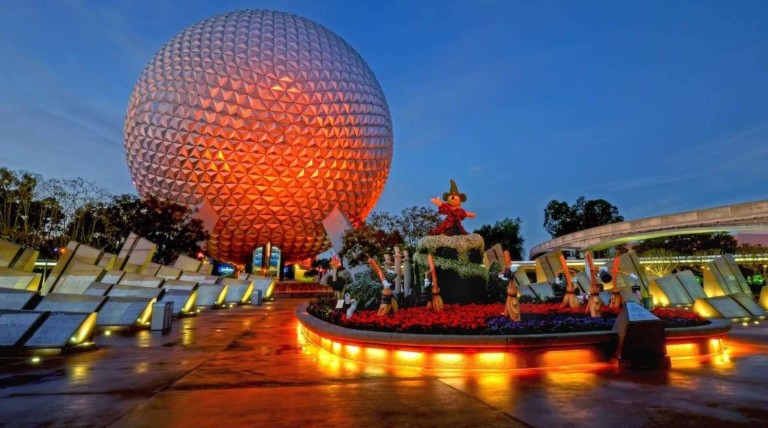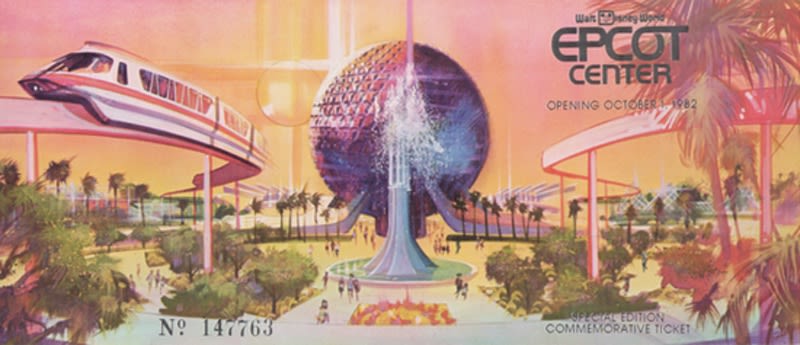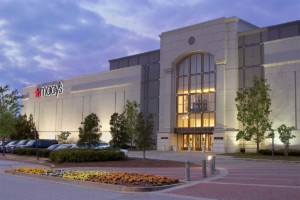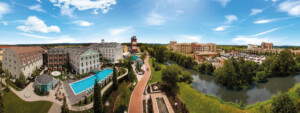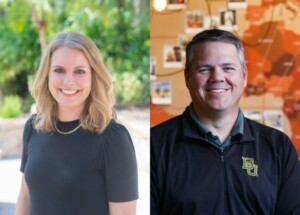In March 1985, Michael Eisner had not been in charge of Walt Disney Productions for very long when he brought together an esteemed group of men to discuss the future of Walt Disney World.
By Sam Gennawey
The task was to create a new plan for Walt Disney World. They were not there to create a land-use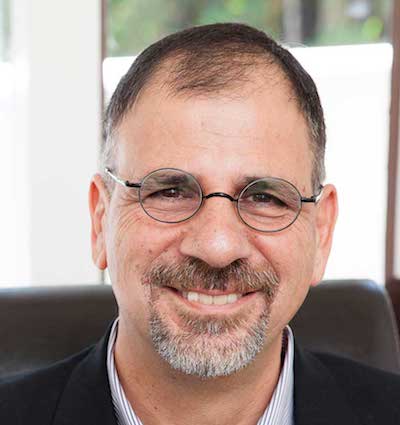 master plan but a way of thinking guided by the broadest possible thinking about Central Florida. Eisner wanted to create a process that avoided the inbred homogeneity that he feared was stalling Disney’s development ideas. His expectation was that this blend of talents would create opportunities that had been overlooked.
master plan but a way of thinking guided by the broadest possible thinking about Central Florida. Eisner wanted to create a process that avoided the inbred homogeneity that he feared was stalling Disney’s development ideas. His expectation was that this blend of talents would create opportunities that had been overlooked.
Walt Disney World was approximately 28,000-acres with 7,200-acres set aside for conservation purposes and 2,800-acres already developed. A comprehensive study outlined an additional developable 10,000-acres with few constraints. The remaining 8,000-acres could be developed but would require considerable mitigation. A lot of the land use planning was driven by the water management system.
Walt Disney World in 1985
Recall, in 1985 Walt Disney World only had two theme parks; the Magic Kingdom and recently opened EPCOT Center. Additional amenities included the Vacation Kingdom, 2,500-acres of resort hotels, golf courses, and campgrounds. There was also the Walt Disney World Village and Hotel Plaza. Disney had already invested almost $1.775 billion in their property.
Infrastructure concerns included the sewage capacity with efforts already underway to expand the system. In addition, the resort would require all new highway interchanges if it was to keep up with the future. Disney executives also acknowledge that the monorail system was already reaching capacity.
The three-day conference had an ambitious agenda. The first day focused on tours of the Walt Disney World property. The group gathered for a working lunch in the General Motors Conference Center tucked inside of the World of Motion attraction at EPCOT. During the luncheon, Disney executives walked the guests through the basics. These were the physical, environmental, legal, governmental, and economic and marketplace factors influencing the future of the resort.
Brainstorming and forecasting
On the second day, the group rolled up their sleeves and got to work. Chairman of the Executive Committee at Walt Disney Productions Ray Watson – and the man behind the City of Irvine – provided the set up for the first brainstorming session. Architect Michael Graves, Madelyn Hochstein, senior VP of the polling firm Yankelovich, Skelly and White, Carl Hodges of the University of Arizona Environmental Research Laboratory, and Robert Lucky of AT&T Bell Laboratories, joined him. Also in attendance were Futurist John Naisbitt, Thomas Paine, economist Harrison “Buzz” Price, developer James Rouse, and Jacquelin Robertson, dean of the School of Architecture at the University of Virginia.
The observers included Disney executives Richard Benz, Carl Bongirno, Wing Chao, Charles Cobb, Roy E. Disney, Roger Hall, Richard Nunis, Marty Sklar, Frank Wells, and Michael Eisner.
Watson began with the famous EPCOT film starring Walt Disney just six weeks before his death (above). Harrison “Buzz” Price lead a brainstorming session with Chuck Cobb. This documented the group’s views regarding the existing conditions, constraints, and opportunities. Then, each participant was invited to comment on his outlook to the year 2015. Some of the trends forecasted for 2015 included a fracturing of the middle class where people would start to separate into special groups, an aging population, and much greater internationalism. The working lunchtime discussion was, “What we would do at Walt Disney World!”
The final day began where the last day left off. The group reviewed the ideas generated the day before. Then Kalvin Platt and Pete Walker from the SWA Group presented the Walt Disney World Master Plan. They reviewed the current slate of proposed real estate products and the marketing and development strategies. That lead to a follow-up “What we would do at Walt Disney World!” discussion.
So what transpired?
What came of this event? A lot. It would not be long before Disney began building thousands of new hotel rooms to fill the demand that they created. The expansion of the Disney Village shopping center was a result of this conference. In addition, the Disney Parks and Resorts Division reliance on timeshares was another outcome.
One thing that did not happen was the development of a state-of-the-art industrial and commercial office park. The addition of industry to the Walt Disney World property would have been financially successful. It would also have been true to the spirit of Walt Disney’s original concept for EPCOT. As a result, Walt Disney World could have been known as, “the technology center of the future.”
